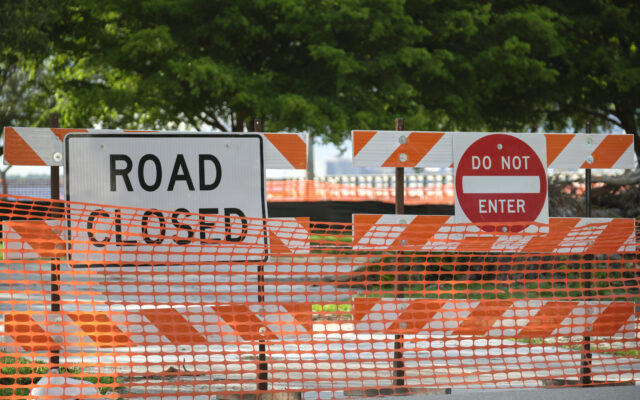Marbled Murrelet Conservation Strategy adopted

Originally posted 12-9-19
The Washington State Board of Natural Resources has adopted the Marbled Murrelet Conservation Strategy.
This month, the Board of Natural Resources adopted the long-term conservation strategy for the marbled murrelet and set the sustainable harvest level for state trust lands in Western Washington.
The strategy will protect 59,000 acres of occupied marbled murrelet sites (areas where murrelets have been sighted) and 58,000 acres of forestland set aside specifically for the bird. Within this protected forestland, there are 78,000 acres of current marbled murrelet habitat.
This habitat is in addition to 90,000 acres of non-revenue-generating DNR forestland that is also suitable murrelet habitat. These are forests in protected natural areas, areas unsuitable for logging, or lands with very high conservation value. In total, 168,000 acres of current murrelet habitat will be protected (78,000 + 90,000).
In a release it states that the adopted murrelet conservation strategy will allow the Department of Natural Resources to manage public lands across western Washington to provide habitat for the seabird while also guaranteeing “a regular, sustainable revenue stream for public school construction, rural counties, and other beneficiaries”.
In the Final Environmental Impact Statement, it stated that “Pacific and Wahkiakum counties are adversely impacted” by the selected strategy. It added that since the counties are more heavily dependent on timber harvest for local government revenue and have below average economic diversity compared with other counties in the analysis area.

It states that “The economies of Pacific and Wahkiakum counties are therefore less able to tolerate the reduction in harvest volume because of their low socioeconomic resiliency.”
Further, DNR estimates that – over the next 50 years – additional protected DNR forestland will become suitable murrelet habitat. This will occur as forests mature and grow the complex older trees preferred by the marbled murrelet. The addition of this habitat means that, in 50 years, there will be 272,000 acres of marbled murrelet habitat on DNR-managed state lands.
“We are resolving more than two decades of uncertainty with bold action to protect marbled murrelet habitat while supporting Washington’s rural economies,” said Commissioner of Public Lands Hilary Franz, the elected official who oversees DNR. “We are moving forward on a path that safeguards this threatened species while creating jobs and economic opportunity – a dual investment in the future of the marbled murrelet and our small towns.”
The Board also set the sustainable harvest level for timber on state trust lands at 4.65 billion board feet for the planning decade during its meeting. By managing timberlands on a sustained yield basis, DNR is able to guarantee a more stable flow of income to the schools, colleges, and counties that depend on their revenue.
The adopted habitat conservation plan amendment will also free up more than 100,000 acres of forestland, allowing the lands to be sustainably managed to generate revenue for rural communities and create family-wage jobs. Timber harvests have not been allowed in these areas pending the selection of a final long-term conservation strategy.
The U.S. Fish and Wildlife Service considers DNR-managed land in Clallam, Pacific, and Wahkiakum counties to be important habitat to the conservation of the species, of which approximately 6,000 are believed to remain in Washington state.
The U.S. Fish and Wildlife Service has listed the marbled murrelet as a threatened species since 1992. DNR signed a Habitat Conservation Plan with the Fish and Wildlife Service in 1997 that contained an interim strategy for the marbled murrelet. The long-term strategy adopted will replace this interim strategy.



